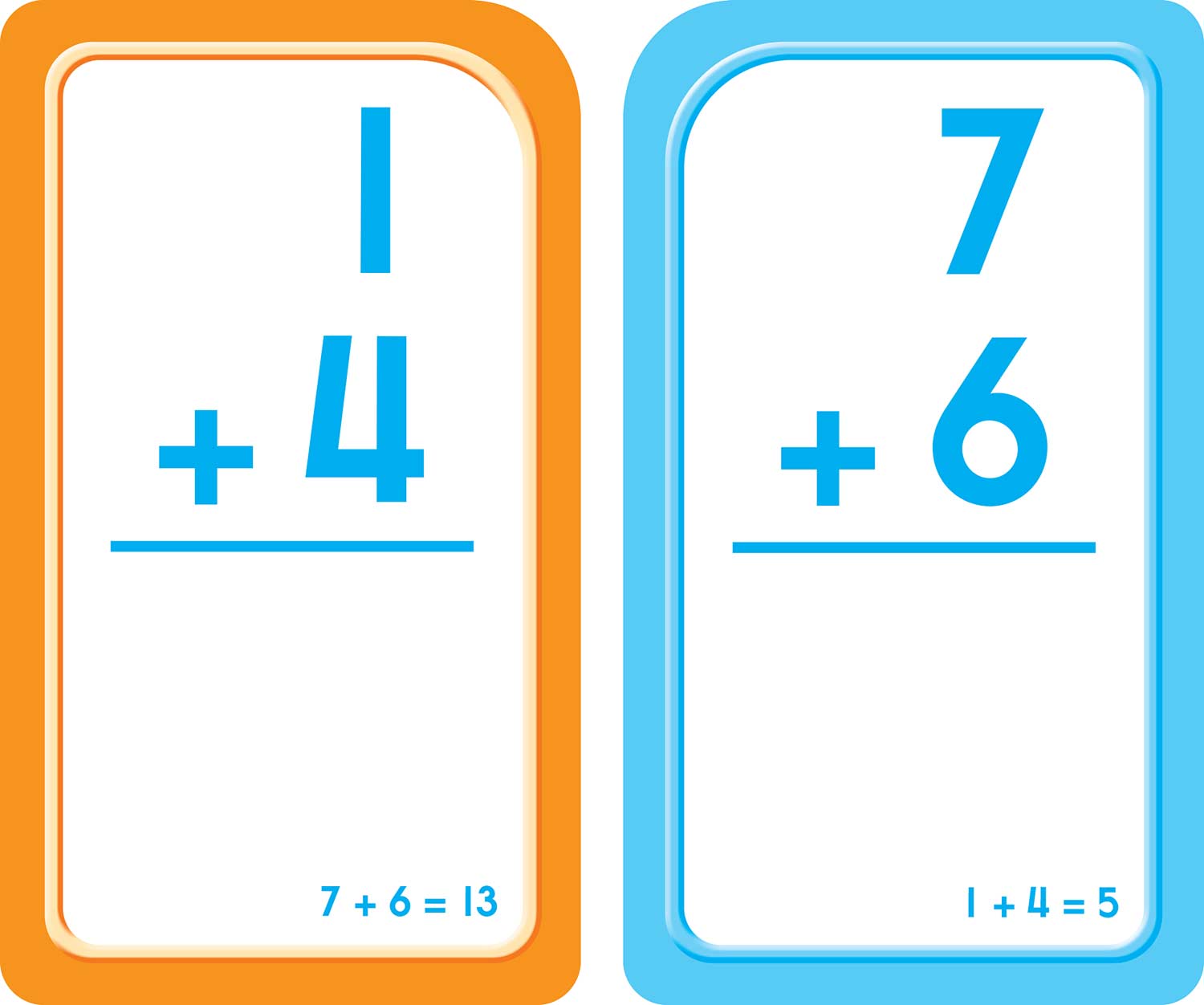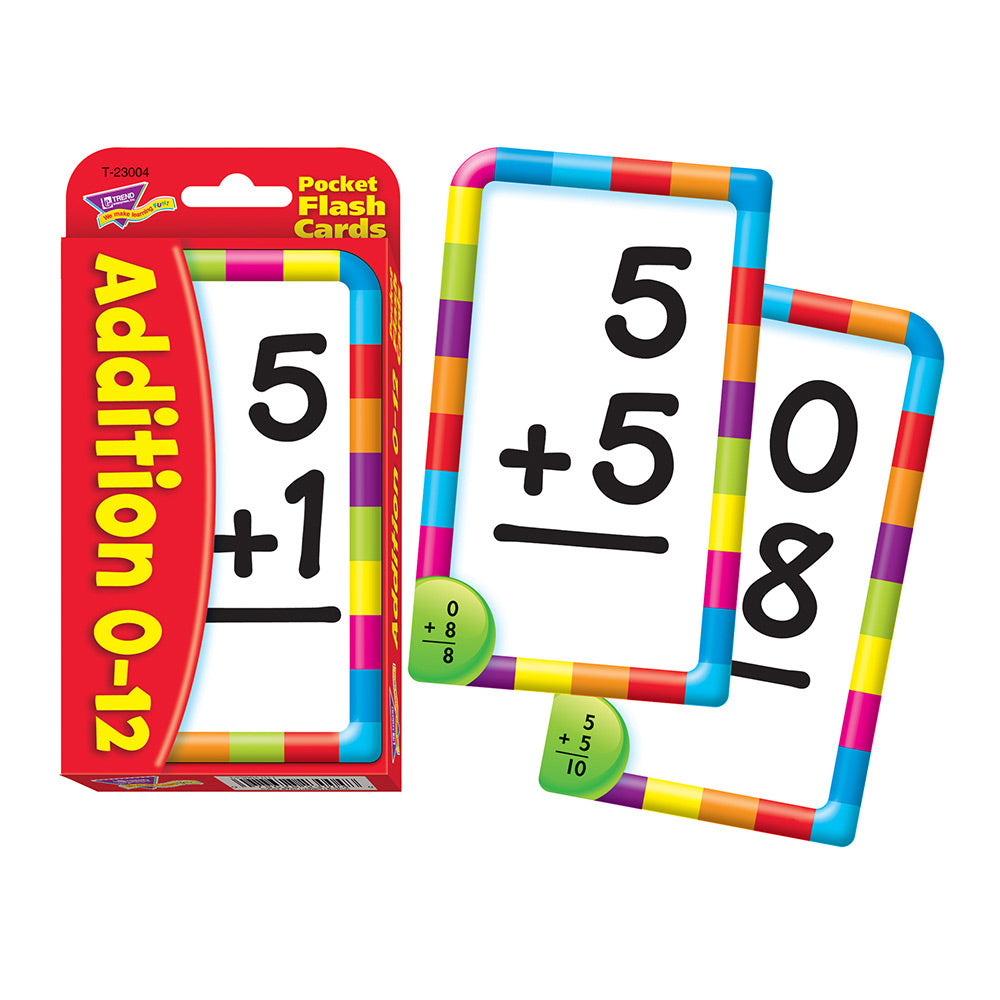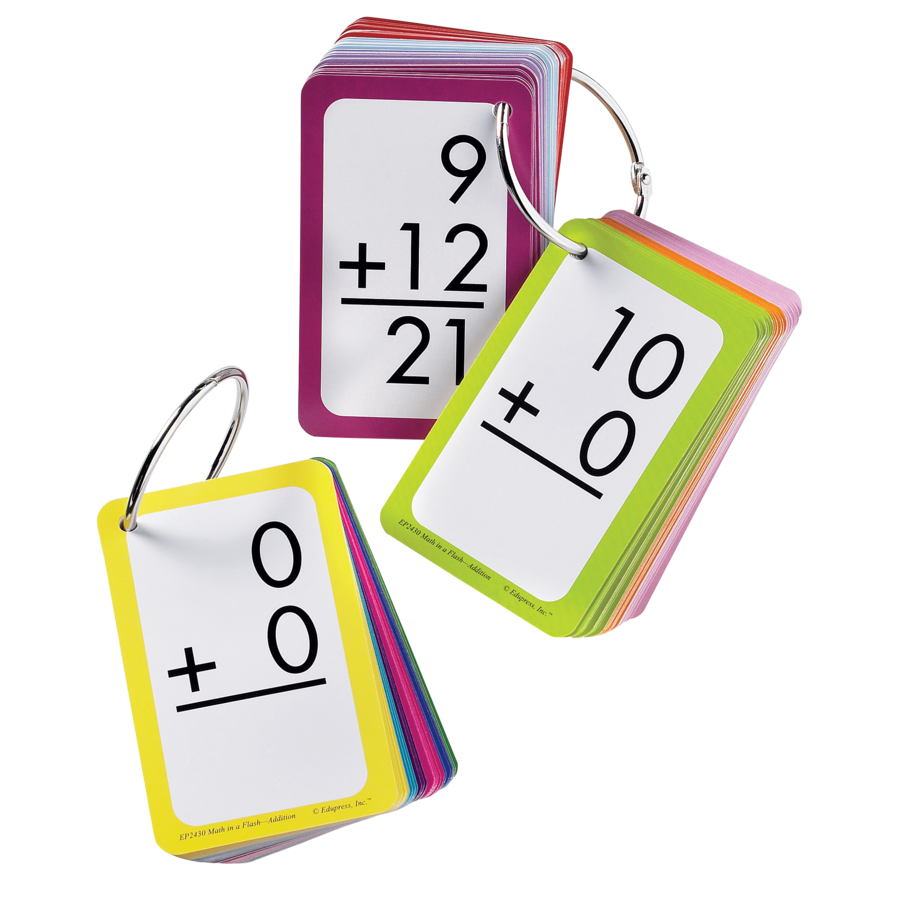Addition flash cards printable take center stage in this engaging exploration of a versatile learning tool. Dive into a world where learning becomes exciting and accessible, as we uncover the benefits and creative possibilities of using printable flash cards.
In this comprehensive guide, we will delve into the advantages of printable flash cards, provide tips for designing visually appealing cards, offer a variety of templates to choose from, and explore interactive activities that make learning addition a hands-on and enjoyable experience.
Let’s embark on this educational journey together!
Introduction to addition flash cards: Addition Flash Cards Printable

Flash cards are a valuable learning tool that can help students improve their understanding and mastery of addition. Addition flash cards consist of a series of cards, each displaying a different addition problem. Students can use these cards to practice their addition skills and reinforce their understanding of basic mathematical concepts.Using
printable flash cards offers several advantages. Firstly, they are easily accessible and can be printed at home or school, allowing students to have a physical set of cards for practice anytime, anywhere. Additionally, printable flash cards can be customized to suit individual learning needs.
Teachers and parents can create sets of flash cards that focus on specific addition skills or target areas where students may need extra practice.Addition flash cards can be used in various ways to enhance learning. They can be used individually, with students working through the cards at their own pace.
If you’re looking for a printable calendar for the years 2024 and 2025, you’re in luck! You can find a great 2024 calendar 2025 printable on this website. It’s a convenient way to keep track of important dates and events for two years in one place.
Whether you need it for personal or professional use, this printable calendar is a useful tool. Simply click on the link to access the calendar and print it out. It’s easy to use and will help you stay organized throughout the year.
This allows for independent practice and self-assessment. Flash cards can also be used in pairs or small groups, with students taking turns to solve the addition problems and check each other’s answers. This promotes collaboration and peer learning. Furthermore, addition flash cards can be incorporated into fun and engaging activities, such as timed challenges or games, making the learning process more enjoyable and motivating for students.
Examples of how addition flash cards can be used in learning
- One-on-one practice: Students can work with a teacher or parent who presents the flash cards and guides them through the addition problems.
- Independent practice: Students can use the flash cards on their own, solving the addition problems and checking their answers using the provided solutions.
- Partner practice: Students can work in pairs, taking turns to present the flash cards and solve the addition problems. They can then verify each other’s answers and provide feedback.
- Group activities: Flash cards can be used in small group settings, where students can engage in collaborative learning, discussing strategies and solving addition problems together.
- Games and competitions: Addition flash cards can be incorporated into games and competitions to make the learning process more enjoyable and exciting. For example, students can compete against each other to see who can solve the most addition problems correctly in a given time.
Benefits of using printable addition flash cards

Printable addition flash cards offer several advantages over physical ones. Here are some of the benefits:
Convenience and Accessibility
If you prefer a yearly calendar that fits on a single page, you should check out the 2024 yearly calendar printable one page . It’s a compact and efficient way to view the entire year at a glance. Whether you want to plan your vacations, track deadlines, or simply stay organized, this printable calendar has got you covered.
Just click on the link to access the calendar and print it out. You’ll love how easy it is to use and how it helps you stay on top of your schedule.
Printable flash cards provide the convenience of being able to print them at any time and as many times as needed. You can easily access them from your computer or mobile device, eliminating the need to carry around physical cards.
This accessibility allows for spontaneous learning sessions wherever you are.
Customization for Different Learning Needs
One of the major advantages of printable flash cards is the ability to customize them according to different learning needs. You can adjust the font size, color, and layout to cater to individual preferences. Additionally, you can include specific examples or problem-solving strategies that align with the learner’s unique style of understanding.
Examples of Customization
- You can personalize the flash cards by adding pictures or illustrations that relate to the addition problems. This visual element can enhance engagement and retention for visual learners.
- If the learner is an auditory learner, you can include audio recordings of the addition problems being read out loud. This allows them to hear the problem and solve it verbally.
- For tactile learners, you can create tactile flash cards by adding textured materials or raised numbers to the cards. This provides a hands-on experience during the learning process.
- Printable flash cards also allow for the inclusion of additional information or hints that aid in understanding and solving the addition problems.
Printable addition flash cards offer the flexibility to adapt to various learning styles and preferences, making them a valuable tool for effective learning.
Designing addition flash cards

When designing printable flash cards for addition, there are several elements to consider in order to create visually appealing and effective learning tools.To enhance engagement and make the flash cards visually appealing, the use of colors, fonts, and visuals can play a crucial role.
Here are some tips to keep in mind:
Color, Addition flash cards printable
- Choose a color scheme that is visually appealing and easy on the eyes. Avoid using too many bright or distracting colors.
- Consider using different colors to differentiate between numbers or sets of numbers. This can help in visualizing addition combinations.
- Use contrasting colors for the numbers and the background to ensure legibility.
Fonts
- Select clear and easy-to-read fonts. Avoid decorative or overly stylized fonts that can make it difficult to read the numbers.
- Ensure that the font size is appropriate and legible, especially for younger learners.
- Consider using bold or italic fonts to highlight important numbers or instructions.
Visuals
- Add visual elements such as pictures, shapes, or objects related to the addition concept. These visuals can help reinforce the understanding of addition and make the flash cards more engaging.
- Use icons or symbols to represent addition operations, such as a plus sign (+) or arrows.
- Include visual cues or illustrations that demonstrate the addition process step by step.
Creating visually appealing and effective addition flash cards can greatly enhance the learning experience. By considering elements such as color, fonts, and visuals, learners are more likely to be engaged and motivated to practice addition skills. Remember to keep the design simple, clear, and visually stimulating.
Happy designing!
Printable Addition Flash Cards Templates

Printable addition flash cards templates are readily available on various websites and resources. These templates provide a convenient and effective way to practice addition skills. Here are some websites where you can find printable addition flash cards templates:
Types of Templates Available
There are different types of templates available for printable addition flash cards. These templates cater to learners of various proficiency levels and cover different types of addition problems. Some common types of templates include:
- Single-digit addition: These templates focus on addition problems involving numbers from 0 to 9. They are suitable for beginners or learners who are just starting to grasp addition concepts.
- Double-digit addition: These templates involve addition problems with two-digit numbers. They provide a bit more challenge and are suitable for learners who have a basic understanding of single-digit addition.
- Multi-digit addition: These templates cover addition problems with three or more digits. They are designed for more advanced learners who are comfortable with double-digit addition.
When selecting a template, it is important to consider the learner’s proficiency level. Starting with simpler templates and gradually progressing to more complex ones can help build a strong foundation in addition skills.
Incorporating interactive activities with addition flash cards

Learning addition can be made more engaging and interactive by incorporating creative activities with printable flash cards. These activities not only make learning fun but also enhance understanding and retention of addition concepts. Here are some ideas for interactive games and activities that can be played using addition flash cards:
1. Memory Match
Memory Match is a classic game that can be adapted to practice addition. Create two sets of addition flash cards with matching sums. Mix up the cards and lay them face down on a table. Players take turns flipping two cards at a time, trying to find pairs with the same sum.
If a pair is found, the player keeps the cards. The player with the most pairs at the end of the game wins.
2. Speed Race
In this fast-paced game, two players compete to solve addition problems as quickly as possible. Each player is given a set of addition flash cards. One player acts as the caller and flips a card, calling out the addition problem.
The players race to solve the problem and the first player to answer correctly keeps the card. The player with the most cards at the end of the game wins.
3. Number Line Hop
Number Line Hop is a hands-on activity that helps reinforce addition concepts and number sense. Create a number line on the floor using tape or chalk. Place addition flash cards with different sums along the number line. One player stands at the starting point and hops forward on the number line based on the sum shown on the flash card.
For example, if the flash card shows 3+2, the player hops 5 spaces forward. This activity can be done individually or as a group.
4. Technology Integration
Take advantage of technology to make addition flash cards more interactive. Use educational apps or websites that offer interactive addition games and activities. These platforms often provide visual and auditory cues to engage learners and make the learning process more enjoyable.
Some apps even allow students to track their progress and compete with friends or classmates.
5. Manipulatives and Worksheets
Incorporating hands-on manipulatives with printable flash cards can enhance understanding of addition concepts. Use objects like counting cubes, buttons, or small toys to represent the numbers in the addition problems. Allow students to physically manipulate the objects to solve the addition problems.
Additionally, provide worksheets that combine visual representations with addition flash cards to reinforce learning.